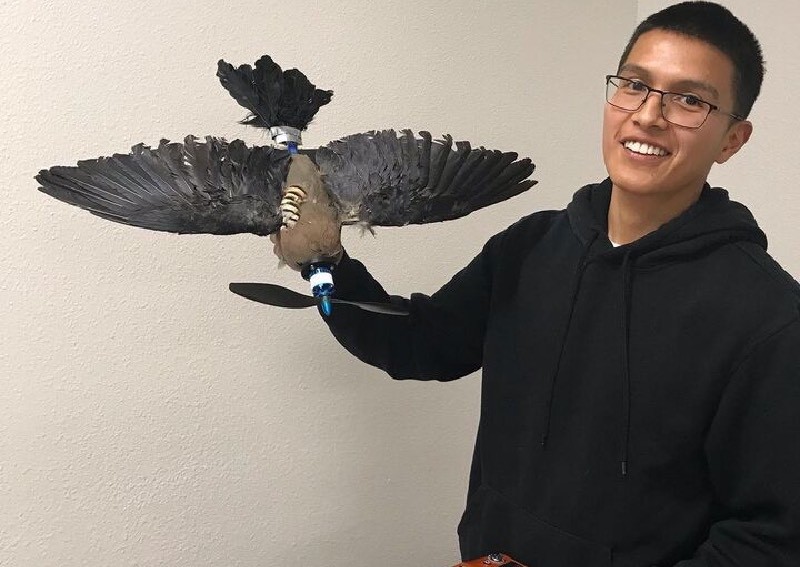
In a shocking revelation, scientists at New Mexico Tech have created “taxidermy bird drones” using the corpses of dead birds. The news helps confirm the beliefs of Bird’s Aren’t Real, a group that has long claimed that the US government has replaced millions of birds with drones to spy on civilians.
Mostafa Hassanalian, a medical engineering professor at the college, revealed that they were able to reengineer dead birds and design an actuation mechanism to make them fly like drones. He said, “the only thing that we need to provide them to make them alive is to basically design an actuation mechanism put in their body and everything is there.”
A team at the New Mexico Institute of Mining and Technology in Socorro is taking birds that have been preserved through taxidermy and converting them into drones in order to study flight pic.twitter.com/hjfcfU5LqH
— Reuters (@Reuters) April 14, 2023
The news has caused a stir on social media, with Bird’s Aren’t Real taking to Twitter to express their vindication. “You all called us crazy and we will never forget,” the group tweeted. They also shared a video from Reuters reporting on the work at New Mexico Tech, which questioned whether the birds in the sky were actually drones.
This discovery is sure to fuel the beliefs of conspiracy theorists who have long claimed that the government is using drones disguised as birds to spy on the public. While the scientists at New Mexico Tech claim that the technology has potential military applications, many will be left wondering whether this is just the tip of the iceberg when it comes to government surveillance.
As the debate around privacy and government surveillance continues to rage on, this latest development is sure to spark further controversy. For now, the world will be watching to see how this technology evolves and what implications it may have for our society.
